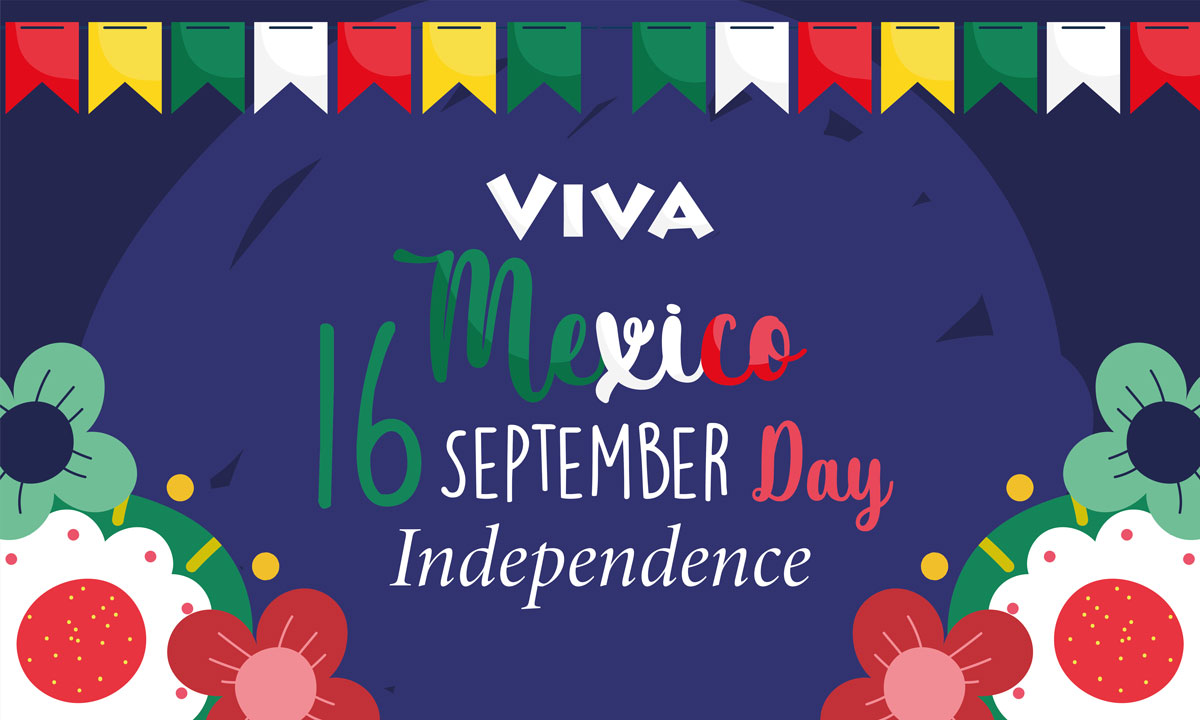
Many Americans don’t know this , in fact, majority of Americans believe that “5 de mayo” is the Mexican independence day… Well, this couldn’t be more wrong, and just to clarify that 5 de mayo was just a battle that was won against the French army 40 years after the independence , in a battle called “La Batalla de Puebla” but that, is another story…
When is the mexican independence day?
The Mexican War of Independence (Spanish: Guerra de Independencia de México) was an armed conflict and political process, lasting from 1808 to 1821, resulting in Mexico’s independence from Spain. It was not a single, coherent event, but local and regional struggles that occurred within the same time period, and can be considered a revolutionary civil war. Independence was not an inevitable outcome, but events in Spain itself had a direct impact on the outbreak of the armed insurgency in 1810 and its course until 1821
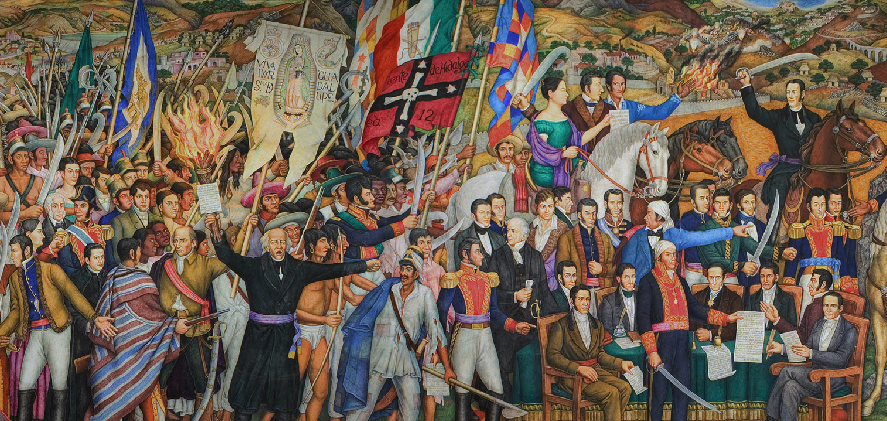
In 1810, a few American-born Spaniards in favor of independence began plotting an uprising against Spanish rule. It occurred when the parish priest of the village of Dolores, Miguel Hidalgo y Costilla (known as the father of independence), issued the “El Grito de Dolores” (Cry of Dolores) on September 16, 1810. The Hidalgo revolt touched off the armed insurgency for independence, lasting until 1821.
Mexican independence day is celebrated in Mexico on the 16th of September.
A Decade-Long Struggle
As Hidalgo took up the banner of Guadalupe, the patron saint of Mexico, many people were inspired to follow him. They amassed a large, unruly, hodgepodge army that included women, children, grandparents, and livestock. Untrained and difficult to control, it was eventually defeated, with many of its members going back home to harvest their fields.
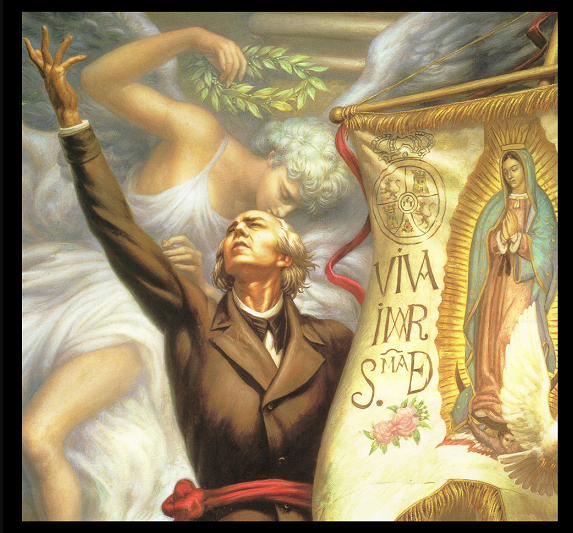
Hidalgo was defrocked as a priest by the Spanish Inquisition, and was later beheaded by the civil government as punishment for revolting, and his head was displayed in Guanajuato, where he and his army were charged with causing a massacre.

Another priest, José María Morelos, took up the mantle of revolution, sending home anyone from the first army without a weapon and horse. Beezley says this tighter version of the army was more effective, but Morelos was also eventually taken before the Inquisition and beheaded—and the struggle for independence sunk into a period of chaos as Mexico continued to fight a weakening Spanish rule.
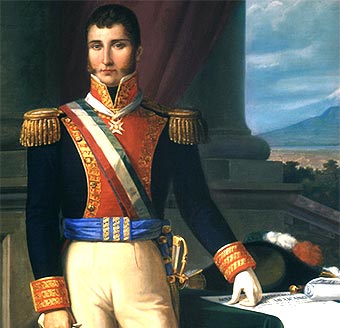
Then, in 1821, Agustín de Iturbide, a Spanish-supporting soldier who flipped to become a leader in the Mexican independence movement, led troops into Mexico City, decisively seizing control of the city and declaring the country’s independence. His following political promise, called the Plan of Iguala or the Plan of Three Guarantees, sought to free Mexico from Spanish control, solidify the country as Roman Catholic, and ensure that all citizens were equal. Iturbide became emperor of the new nation, setting up a monarchy-style system and spending much of the new country’s budget on lavish clothes that resembled Austrian royal court fashions at the time.

Ultimately, this system failed as well. Military leaders jostled and vied for power, and, finally, a democratic republic was set up, led by an independence-era fighter—Guadalupe Victoria—who became Mexico’s first president.
“Mexicans don’t celebrate or acknowledge Iturbide as the father of independence,”. “The hero that’s selected as the father of independence uniformly is Father Hidalgo, the charismatic but disastrous priest who gets the ball rolling.”
Fun Fact
this is indeed when Mexicans gather around and party like is 1985… people get together the 15th of September and eat all sorts of traditional food like pozole, chiles en nogada, pambazos, tostadas, and for sure drink lots of tequila !!

Right at midnight the president will come out of the palace balcony waiving the Mexican flag honoring those who fought for freedom, shouting VIVA ! before their name, and people attending the event shout VIVA! back after the name …
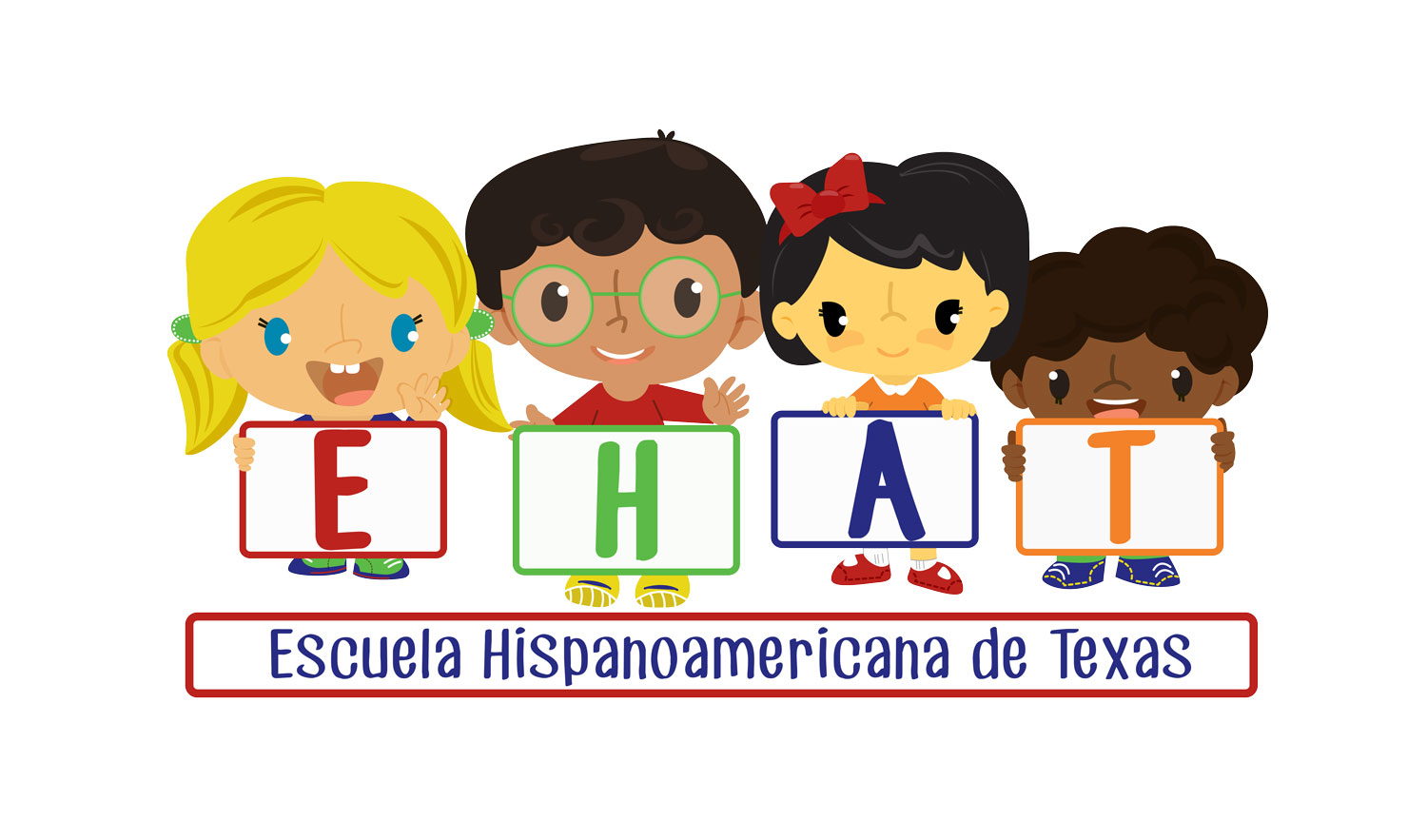
Recent Comments